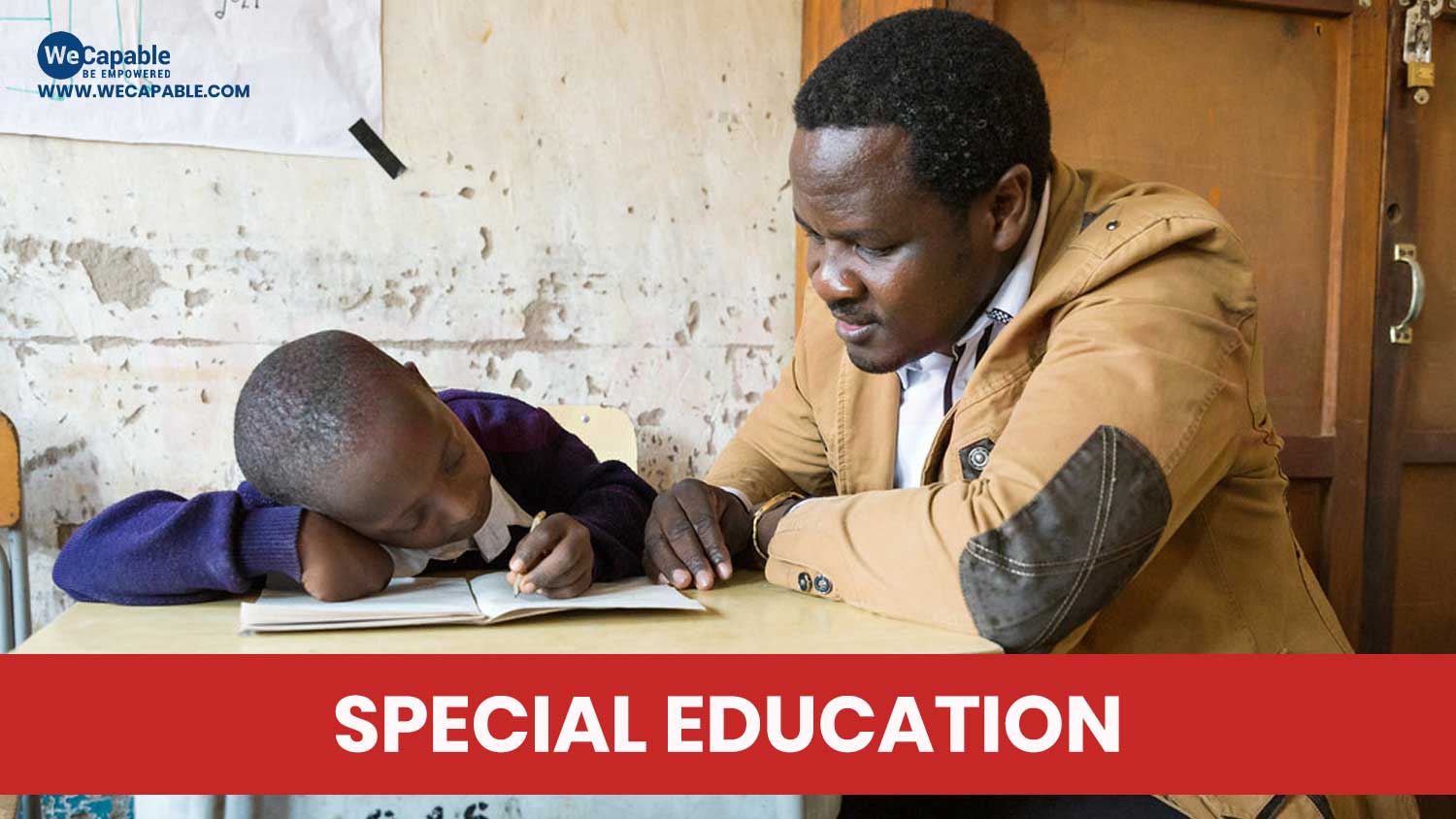Education is the greatest blessing parents can give to their children. The blessing becomes even more important when the child is inflicted with a disability. Unfortunately, many children with disabilities do not get proper opportunities for education just because their parents are unaware of the options of special education available for their children. It is not enough for parents to know that their child with special needs special education. They must understand what sort of accommodation their child actually needs.
In this write-up, you will find different types of special education setups. Each setup is meant for different types of children with special needs. You need to understand what setup would work best for your child so that she gets a balanced amount of special attention and inclusivity with other children of her age.
1. Push-in Format of Special Education
The push-in format is best suited for children with special needs who need minimal intervention. In this format, the special needs child is admitted into a regular class where she studies with students without special needs. But, she is provided the little help she requires to catch up with her class. This help comes in the form of a specialist, such as an occupational therapist, who joins in the classroom to assist the teacher during the regular class. This is considered one of the best ways as it provides the student to stay in an inclusive environment along with other students and at the same time provides her with the special support she needs.
2. Pull-out Format of Special Education
Similar to the previous setup, the student with special needs is admitted to a regular class. She attends most of her classes with her classmates but is pulled out of her class for some specialized lessons. This setup is used for students with special needs who need a little more special attention than the students in push-in setups. The student needs to leave her general classroom to attend intensive instructional sessions or such specialized service she may require to catch up with other students of her class. A student with special needs might feel isolated from her peers when she is pulled out of her classroom. So teachers and parents must note the reaction of a child who is put into this special education format. If the child shows or expresses any discomfort other options should be explored for her.
3. Integrated Classroom Format of Special Education
This is also called the inclusive classroom format. In this format students with varying abilities are grouped together in a classroom. But, there are co-teachers in the classroom for providing special support and assistance to special needs children whenever they need it. So, in this format, students with special needs and students without special needs all study together in an inclusive environment. Some students who need can also be provided pull-out services if they need them. This format provides students with their deserved special support and an inclusive social environment to grow comfortably and be ready for the real world outside the classroom.
4. Exclusive Classroom Format of Special Education
Some educational institutions provide an exclusive classroom for students with special needs. In this format, students with special needs are admitted to the same institution as regular students but they are segregated into small groups and given the lessons in a separate classroom. It is said that some students do better when they are taught in small groups with students with whom they can relate. This format helps those special needs students to study at their own pace who would otherwise be left behind in the regular classroom.
5. Special School Format of Special Education
This is the format that automatically comes to mind when we hear the word ‘special education’. As the name suggests, in this format students with special needs are admitted to school specially meant for them. This setup works best for children with severe cognitive challenges who cannot adjust to regular schools even with assistance. In the special school, the student-to-staff ratio is very low. These schools fulfill not only educational needs but also other developmental needs of the admitted students.
This article was meant to tell you that there are various options available depending on the level of disability and specific needs of children with disabilities. You can choose the setup that suits your child’s need to provide her with the quality education that expands her strengths and makes her ready to take challenges of life. If no special education setup feels good then you have the option to home-school your child too. But, educating your child with special needs is important.
Use the citation below to add this article to your bibliography
"Different Formats of Special Education." Wecapable.com. Web. June 17, 2025. <https://wecapable.com/special-education-formats/>
Wecapable.com, "Different Formats of Special Education." Accessed June 17, 2025. https://wecapable.com/special-education-formats/
"Different Formats of Special Education." (n.d.). Wecapable.com. Retrieved June 17, 2025 from https://wecapable.com/special-education-formats/


Leave a Reply